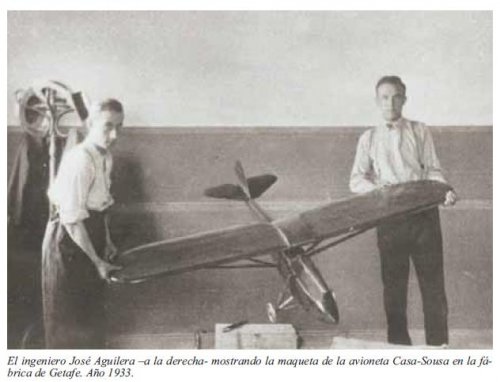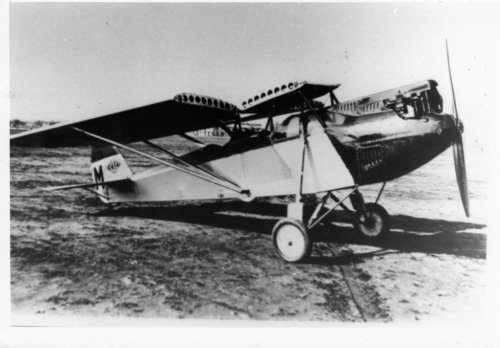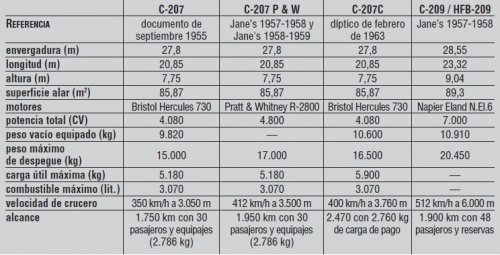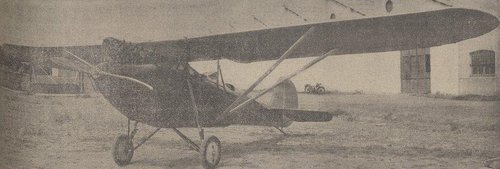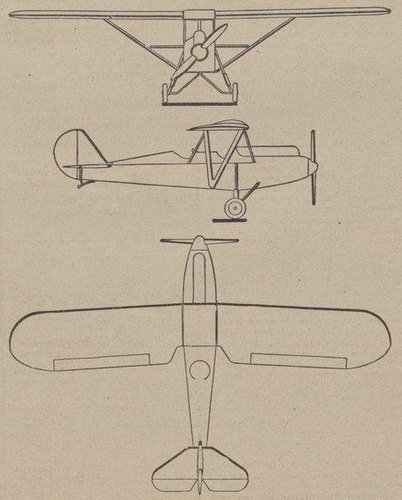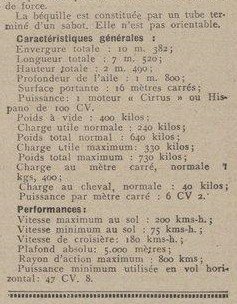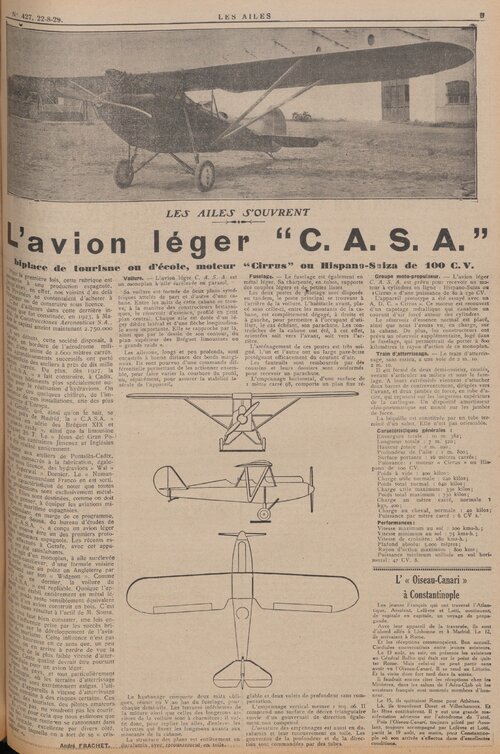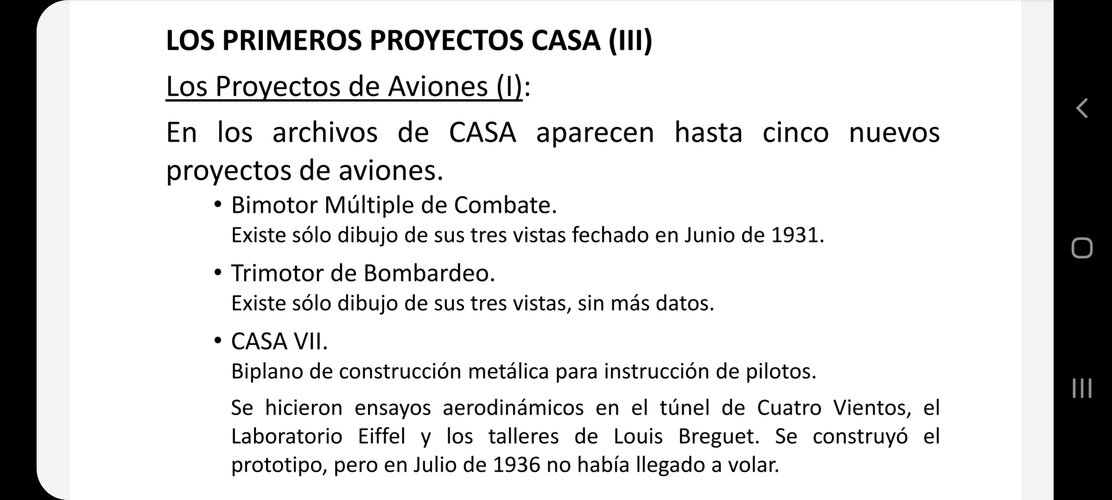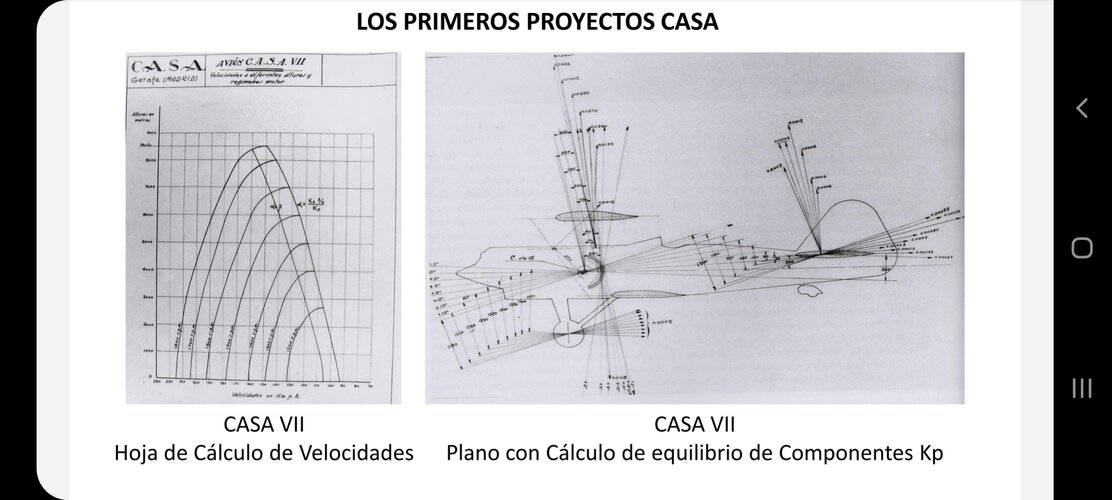- Joined
- 28 January 2008
- Messages
- 635
- Reaction score
- 512
I have a list of designations that have not changed on my computer for some time. I am sure there must be more types I am missing. Its very frustrating because an online search for the name CASA brings up so many Spanish property websites! Add in C.A.S.A. and many sites interpret the full stop (period) as a wild card character !!
So, something to start this list off...
Construcciones Aeronáuticas SA (CASA) was founded by José Ortiz-Echagüe in 1923 and began work on a factory in Getafe in May 1924, building Breguet aircraft under license. CASA built a second factory in Cadiz in 1926 to construct a licensed copy of the German Dornier Do. J Wal seaplane. During the Spanish Civil War the CASA Getafe factory was located in the Republican zone. It was moved to Alicante, another opened in Sabadell. At the end of the war production returned to Getafe. After the Spanish Civil War, CASA opened a new plant in Tablada in Seville.
CASA was one of the original members of the Airbus Consortium with France, Germany and the United Kingdom in 1972. From 1999 known as EADS CASA with the organisation integration into the EADS group.
(Plus pre-EADS activies in Airbus and Europlane - company formed in 1972 by British Aircraft Corporation (BAC), Messerschmitt-Bölkow-Blohm (MBB), Saab-Scania, and Construcciones Aeronáuticas SA (CASA) to build the quiet take-off and landing (QTOL) airliner )
TYPES
CASA (Breguet) Br.19 [1925] Built under licence as the Bidón.
CASA (Breguet) Br.26T Built under licence.
CASA (Dornier) Do.J Wal [1925] Built under licence
CASA (Vickers) Vildebeest Biplane built under licence
CASA (Polikarpov) I-15 Biplane fighter built under licence
CASA 1.145 (Gotha Go.145) design built under licence as 1.145
CASA I [1929] Built the first aeroplane designed exclusively by CASA, the CASA I.
CASA III [1929] A tandem sporting parasol monoplane with de Havilland Gipsy III engine. Designed by Luis Sousa Perco, it had its maiden flight on 2 July 1929, around 9 completed, all with different engines. See also http://en.wikipedia.org/wiki/CASA_III
CASA 1933 Project Single engine high wing braced touring monoplane built at Getafe in 1933. Designed by Jose Aguilera by CASA-Sousa.
CASA 1.131 Jungmann [1936] Spanish license-built version of the Bücker Bü.131 basic training aircraft. Locally designated the CASA E.3.
CASA 1.133 Jungmeister [1936] This was a single-engine, single-seat biplane of wood and tubular steel construction and covered in fabric. Version of the Bücker.Bü 133 advanced trainer as the E.1 in Spain.
CASA 2.111 [1940] A license-built version of the Heinkel He-111H and He-111P named the Pedro. See also http://www.secretprojects.co.uk/forum/index.php/topic,11583.msg110318.html#msg110318
CASA 352 A license-built version of the Junkers Ju 52/3M Tri-motor with BMW 132 radials built under licence by Elizalde SA. At least one had an indiginous Elizalde engine fitted in the nose.
CASA-Heinkel C-101 [1956] A small delta-wing light fighter aircraft project developed in conjunction with Heinkel in 1956.
CASA C-101 Aviojet [1977] A low-wing single engine jet-powered advanced trainer and light attack aircraft which made its first flight on 27 June 1977.
• CASA C-101EB-01 An initial Spanish Air Force order for 88 machines was placed, a dedicated trainer version designated C-101EB-01 by CASA and E.25 Mirlo ("Blackbird") by the air force. The first aircraft entered service on 17 March 1980.
• CASA C-101BB-02 A combination attack/trainer with an uprated engine designated bought by Honduras, Chile, which bought four aircraft and received parts for another eight assembled locally by ENAER. All Chilean BB-02s were designated T-36 Halcón ("Falcon").
• CASA C-101CC-02 In 1983, CASA flew a dedicated attack version ordered by Chile. Only the first example was built in Spain, with the remaining 22 machines built by ENAER. This variant featured an engine upgrade and increased fuel capacity and was designated A-36 Halcón ("Falcon").
• CASA C-101CC-04 Similar aircraft to the C-101CC-02, for Jordan.
• CASA C-101DD Demonstrated by CASA in 1985, with improved avionics and Maverick air-to-ground missile. No sales interest or orders.
CASA C-102 [1977] Military trainer aircraft designed in Spain in 1977 but never actually built. It was a conventional all-metal monoplane with a T-tail, fixed tricycle undercarriage and side-by-side seating for the pilot and instructor.
• CASA C-102S [1978] Military light aircraft project, not built.
• CASA C-102SE [1978] Military four-seat utility aircraft project, not built.
CASA C-112 Single engine side-by-side primary trainer project
CASA C-127 A license-built version of the Dornier Do 27 STOL utility aircraft. Around 50 examples produced. See also http://www.secretprojects.co.uk/forum/index.php/topic,7505.msg71778.html#msg71778
So, something to start this list off...
Construcciones Aeronáuticas SA (CASA) was founded by José Ortiz-Echagüe in 1923 and began work on a factory in Getafe in May 1924, building Breguet aircraft under license. CASA built a second factory in Cadiz in 1926 to construct a licensed copy of the German Dornier Do. J Wal seaplane. During the Spanish Civil War the CASA Getafe factory was located in the Republican zone. It was moved to Alicante, another opened in Sabadell. At the end of the war production returned to Getafe. After the Spanish Civil War, CASA opened a new plant in Tablada in Seville.
CASA was one of the original members of the Airbus Consortium with France, Germany and the United Kingdom in 1972. From 1999 known as EADS CASA with the organisation integration into the EADS group.
(Plus pre-EADS activies in Airbus and Europlane - company formed in 1972 by British Aircraft Corporation (BAC), Messerschmitt-Bölkow-Blohm (MBB), Saab-Scania, and Construcciones Aeronáuticas SA (CASA) to build the quiet take-off and landing (QTOL) airliner )
TYPES
CASA (Breguet) Br.19 [1925] Built under licence as the Bidón.
CASA (Breguet) Br.26T Built under licence.
CASA (Dornier) Do.J Wal [1925] Built under licence
CASA (Vickers) Vildebeest Biplane built under licence
CASA (Polikarpov) I-15 Biplane fighter built under licence
CASA 1.145 (Gotha Go.145) design built under licence as 1.145
CASA I [1929] Built the first aeroplane designed exclusively by CASA, the CASA I.
CASA III [1929] A tandem sporting parasol monoplane with de Havilland Gipsy III engine. Designed by Luis Sousa Perco, it had its maiden flight on 2 July 1929, around 9 completed, all with different engines. See also http://en.wikipedia.org/wiki/CASA_III
CASA 1933 Project Single engine high wing braced touring monoplane built at Getafe in 1933. Designed by Jose Aguilera by CASA-Sousa.
CASA 1.131 Jungmann [1936] Spanish license-built version of the Bücker Bü.131 basic training aircraft. Locally designated the CASA E.3.
CASA 1.133 Jungmeister [1936] This was a single-engine, single-seat biplane of wood and tubular steel construction and covered in fabric. Version of the Bücker.Bü 133 advanced trainer as the E.1 in Spain.
CASA 2.111 [1940] A license-built version of the Heinkel He-111H and He-111P named the Pedro. See also http://www.secretprojects.co.uk/forum/index.php/topic,11583.msg110318.html#msg110318
CASA 352 A license-built version of the Junkers Ju 52/3M Tri-motor with BMW 132 radials built under licence by Elizalde SA. At least one had an indiginous Elizalde engine fitted in the nose.
CASA-Heinkel C-101 [1956] A small delta-wing light fighter aircraft project developed in conjunction with Heinkel in 1956.
CASA C-101 Aviojet [1977] A low-wing single engine jet-powered advanced trainer and light attack aircraft which made its first flight on 27 June 1977.
• CASA C-101EB-01 An initial Spanish Air Force order for 88 machines was placed, a dedicated trainer version designated C-101EB-01 by CASA and E.25 Mirlo ("Blackbird") by the air force. The first aircraft entered service on 17 March 1980.
• CASA C-101BB-02 A combination attack/trainer with an uprated engine designated bought by Honduras, Chile, which bought four aircraft and received parts for another eight assembled locally by ENAER. All Chilean BB-02s were designated T-36 Halcón ("Falcon").
• CASA C-101CC-02 In 1983, CASA flew a dedicated attack version ordered by Chile. Only the first example was built in Spain, with the remaining 22 machines built by ENAER. This variant featured an engine upgrade and increased fuel capacity and was designated A-36 Halcón ("Falcon").
• CASA C-101CC-04 Similar aircraft to the C-101CC-02, for Jordan.
• CASA C-101DD Demonstrated by CASA in 1985, with improved avionics and Maverick air-to-ground missile. No sales interest or orders.
CASA C-102 [1977] Military trainer aircraft designed in Spain in 1977 but never actually built. It was a conventional all-metal monoplane with a T-tail, fixed tricycle undercarriage and side-by-side seating for the pilot and instructor.
• CASA C-102S [1978] Military light aircraft project, not built.
• CASA C-102SE [1978] Military four-seat utility aircraft project, not built.
CASA C-112 Single engine side-by-side primary trainer project
CASA C-127 A license-built version of the Dornier Do 27 STOL utility aircraft. Around 50 examples produced. See also http://www.secretprojects.co.uk/forum/index.php/topic,7505.msg71778.html#msg71778

